Can you use an orbital sander as a buffer
When it comes to tackling any type of project involving wood or metal, the right tools are essential. While most people think of a power saw or hammer when it comes to woodworking or metalworking, sanders are also an important part of the process. Sanders come in all shapes and sizes, but one type of sander stands out above the rest—the orbital sander.
The orbital sander is a powerful tool for rapid material removal, and is commonly used for everything from leveling surfaces to shaping edges.
But can the orbital sander be used as a buffer? This question is one that many DIYers and professionals alike are asking,.
In this blog post, we’ll explore the capabilities of the orbital sander, and discuss whether or not it can be used as a buffer.
We’ll also look at how to use an orbital sander as a buffer if it is possible. So read on to learn more about this versatile tool
Can you use an orbital sander to buff?
The answer is yes and no. An orbital sander is too powerful for buffing and can potentially damage the material, while a buffer is a special type of polishing tool that is better suited for buffing.
However, a buffer can be used to prepare the surface for sanding with an orbital sander, which can help to remove any imperfections and make the surface more uniform and even.
If you are looking for a smoother finish, it is best to use a buffer, as it produces more even and consistent results than an orbital sander.
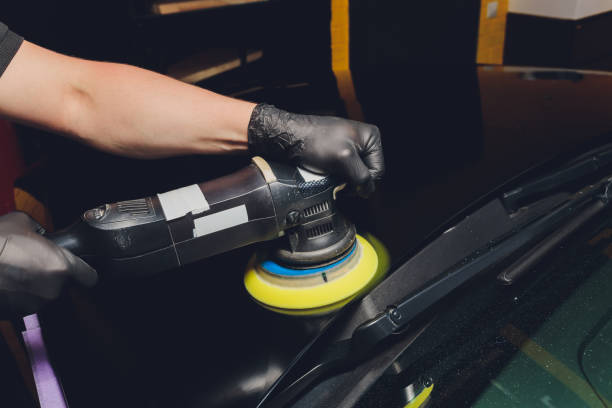
Can you use a random orbital sander for buffing?
Yes, you can. Using an orbital sander as a buffer is common in the automotive industry, as well as for some woodworking projects.
It is important to note that the orbital sander must be set to a low speed for buffing. If the sander is set to a high speed, it can cause damage to the material being worked.
Additionally, a special buffing compound should be used to ensure optimal results. Buffing compounds are available in paste and liquid formats, and they can be used with a variety of materials.
Be sure to read the instructions on the buffing compound and use it in accordance with the manufacturer’s recommendations.
Is a sander the same as a buffer?
No, they are not the same, although they are often confused. A buffer is a powerful circular polishing tool designed to quickly and efficiently remove surface imperfections, such as scratches, swirls, and oxidation. It is usually used to polish and refinish cars, boats, and other hard surfaces.
An orbital sander, on the other hand, is a tool used to sand and finish wood, metals, and other materials.
While it can remove surface imperfections, an orbital sander is not as powerful as a buffer and cannot refinish a surface as quickly and effectively.
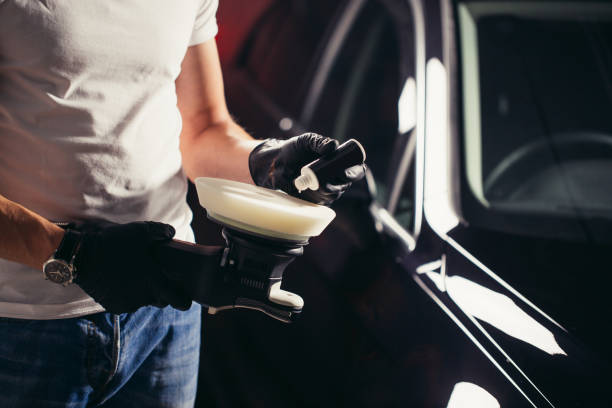
What can you not do with an orbital sander?
You cannot use an orbital sander to polish metal surfaces or to apply a wax or clear coat. You also cannot use an orbital sander to buff out scratches or remove surface rust. When it comes to buffing, an orbital sander is simply not designed to do these tasks.
Understand the differences between an orbital sander and a buffer
It is important to understand the differences between an orbital sander and a buffer before attempting to use either tool.
An orbital sander is a type of power tool used to sand and smooth surfaces. It works by rotating an abrasive pad in an elliptical or circular motion.
Buffers, on the other hand, are used to polish and restore surfaces, and are powered by a motor.
A buffer is equipped with a buffing pad which is used to move in a circular motion to remove scratches and blemishes. It is important to note that an orbital sander cannot be used as a buffer.
Identify the purpose of each tool
When it comes to using an orbital sander as a buffer, it is important to determine the purpose of each tool before use.
Orbital sanders are designed to remove material by sanding, while buffers are used to create a smooth finish on a surface.
An orbital sander is not designed to function as a buffer, so it is not recommended to use it as such. If you need a buffer, it is best to invest in one specifically designed for that purpose.
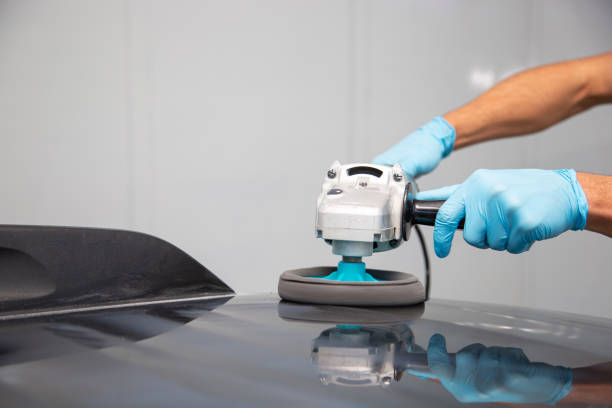
Determine if an orbital sander can be used as a buffer
The answer to the question of whether an orbital sander can be used as a buffer is highly dependent on the type of orbital sander being used.
In general, orbital sanders are not designed to be used as buffers, and attempting to do so could potentially damage the tool and the material being worked on.
However, some orbital sanders feature high-speed settings that can be used for buffing, depending on the type of material being worked on.
It’s important to research your specific orbital sander and its capabilities to ensure that it is safe and suitable for use as a buffer.
Examine the components of an orbital sander
An orbital sander is an effective tool for sanding and buffing, depending on the type of sander you are using. When using an orbital sander for buffing, it’s important to examine the components of the sander to ensure that it is suitable for the job.
The components that should be examined prior to using an orbital sander as a buffer include the size of the sanding pad and the type of abrasive material that is used.
Additionally, the speed of the orbital sander should be adjusted according to the material you are buffing.
Finally, the dust collection system should be checked to ensure that it is able to effectively collect all of the dust created during the buffing process.
Determine the safety considerations for using an orbital sander as a buffer
When determining the safety considerations for using an orbital sander as a buffer, it is important to consider the following:
the potential for dust or wood particles to be inhaled, the potential for the sander to cause injury due to its rotating head, and the potential for the sander to cause sparks due to its orbital motion.
Additionally, it is important to ensure that the sander is fitted with the correct sandpaper size, and that the sander is properly secured to the work area.
Finally, it is important to protect the eyes from the dust particles generated by the sander. Following these safety considerations should allow for a safe and efficient use of an orbital sander as a buffer.
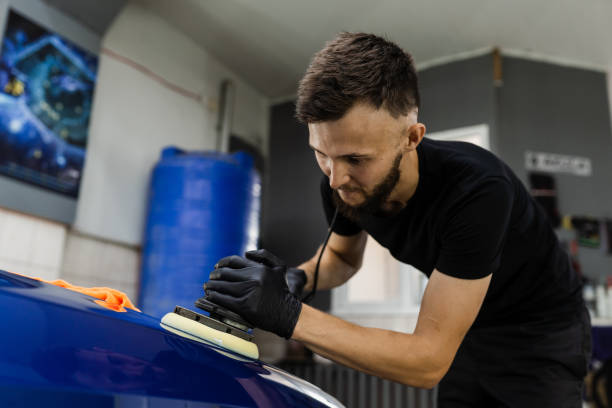
Consider the quality of the finish when using an orbital sander as a buffer
When using an orbital sander as a buffer, it is important to consider the quality of the finish.
The best finish will be achieved using a low-grit sandpaper, which is used to remove any imperfections on the surface of your project.
The next important step is to move to a medium-grit sandpaper, which will achieve a smoother finish. Finally, a high-grit sandpaper should be used for the final touches on the project.
It is important to remember not to apply too much pressure when using an orbital sander, as this can cause damage to the surface.
Taking the time to consider the quality of the finish will help ensure that the job is done correctly.
Review the advantages and disadvantages of using an orbital sander as a buffer
While an orbital sander can be used as a buffer, there are some advantages and disadvantages to doing so.
On the plus side, an orbital sander is lighter and easier to maneuver than a traditional buffer. It is also more affordable and can provide a smoother finish than a traditional buffer.
On the downside, an orbital sander does not have the same power or speed as a traditional buffer and can be more difficult to use on large surfaces.
Additionally, an orbital sander may leave marks or swirls on the surface if not used properly.
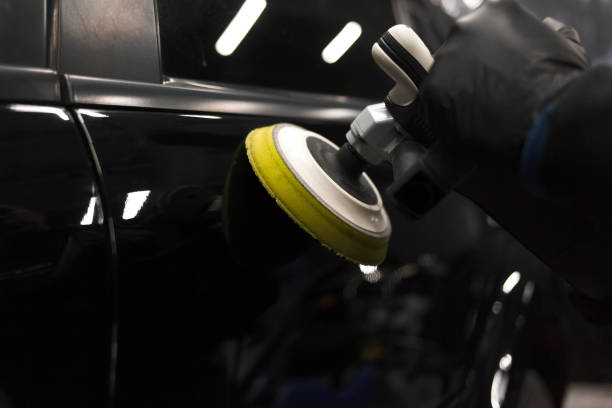
Invest in accessories and attachments to improve the performance of an orbital sander
Investing in accessories and attachments to improve the performance of an orbital sander is highly recommended.
With the right attachments, an orbital sander can be used as a buffer to correct surface imperfections and to give a smooth finish.
For example, an orbital sander can be equipped with buffing pads, which can be used to buff out scratches, swirl marks, and other blemishes.
Additionally, a fine grit sandpaper can be used to remove the old finish and apply a new one. Lastly, an orbital sander can be used in combination with a dust collector to ensure a cleaner working environment.
Be aware of the speed limitations of an orbital sander
One of the most important things to consider when using an orbital sander as a buffer is the speed limitations of the tool.
Orbital sanders are designed to operate at a certain range of speeds, and if the speed is exceeded, it can cause the sander to overheat and become damaged.
Therefore, it is essential to be aware of the speed limitations of your orbital sander and operate the tool within its specified range.
Doing so will ensure that you get the best possible performance from your orbital sander as a buffer.
Maintain the orbital sander to extend its life and improve performance when used as a buffer
When using an orbital sander as a buffer, it is important to maintain the orbital sander to extend its life and improve performance.
To do so, ensure that the sanding pads are in good condition and free of any dirt and debris. Check the power cord and plug for any signs of wear and replace them if necessary.
Additionally, inspect the dust collection system and empty it regularly. Finally, lubricate the motor, bearing and gears to ensure optimal performance.
By following these steps, you can extend the life of your orbital sander and maximize its efficiency.
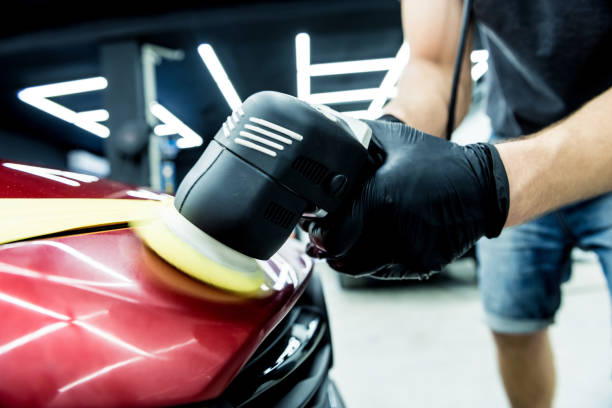
Conclusion Can you use an orbital sander as a buffer
In conclusion, using an orbital sander as a buffer can be a cost-effective option if you don’t have access to a buffer.
However, it is important to remember that an orbital sander is not designed for this purpose and will take longer to achieve the desired results.
It is best to use the right tool for the job to ensure a professional finish.
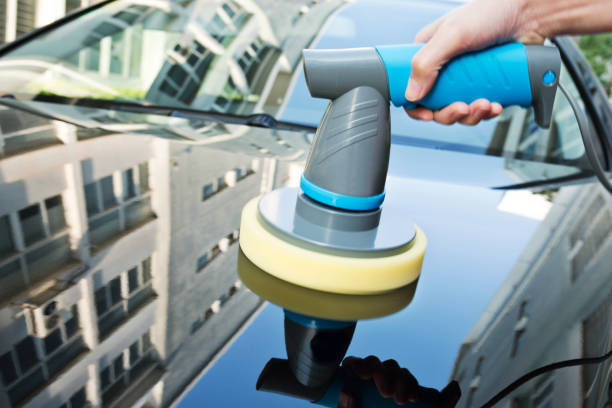
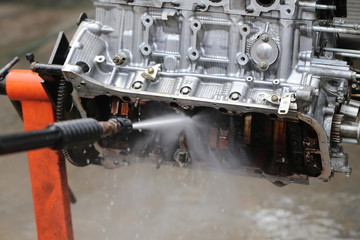
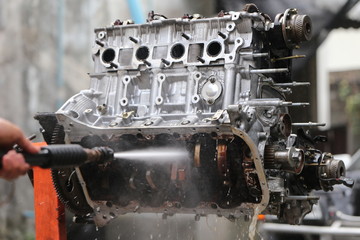
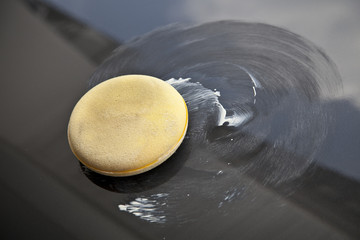
Leave a Reply
You must be logged in to post a comment.